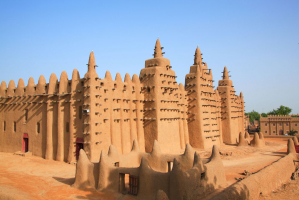Top 6 Best Korean Folk Games You Should Know
Recently, Korean Games are becoming more and more popular with people all over the world. This is due to the popularity of the Korean TV series on Netflix, ... read more...Squid Game, which became famous worldwide almost overnight. Besides, there are many famous Korean reality shows as Running man that have many Korean folk games, so more and more people are interested in and want to learn about Korean folk games. Here, Toplist will bring you 6 Korean folk games that are still very popular today.
-
Koreans play a lot of folk games on New Year's Day, and the most popular and unique folk game is Yutnori. Yutnori is one of the most popular traditional games in Korea. Yutnori has a long history and according to some studies, it has appeared since the Three Kingdoms period (57 BC). The game does not discriminate, so anyone can participate in this game. Moreover, this set of games is very neat, so you can take it with you when you go on a picnic, travel far to play with friends and relatives.
The yut stick consists of 4 wooden sticks in the shape of a crescent moon, one side has an inscription called a yut. The path of these yuts symbolizes the movement of the planet sun. More meaningful is wishing for a prosperous new year.
How to play Yutnori:- Play equipment consists of 1 playing board, which can be made of fabric or wood, square or round shape and 4 yut sticks. Yutnori requires 2 players or 2 teams, played by moving pieces on the board. Each side takes turns tossing a yut (which acts as a dice) to decide which move on the board. The steps on the board are represented by 5 animals, called as follows: 도 (pig), 개 (dog), 걸 (sheep), 윷 (cow), 모 (horse).
- If there is a face-up tree called 'do' (도), you can go 1 step further. 2 heads up called 'gae' (개) can go 2 steps. 3 heads up called 'geol' (걸) can go 3 steps. 4 heads up called 'yut' (윷) can go 4 steps. If there are no trees up, it is called 'mo'(모) and is allowed to walk 5 steps. Especially, if you can toss Yut or Mo, you will be thrown one more time.
And if you catch the opponent's horse or cow, you will be able to throw yut 2 times. All 4 of the team's cards to the finish line first will win. - If the piece lands on a space occupied by the opponent, the piece will have to be returned to the beginning. But if a piece lands on a space that belongs to its own team, the pieces will combine, making them unite as one piece. The first team to move all four of its pieces around the board wins.
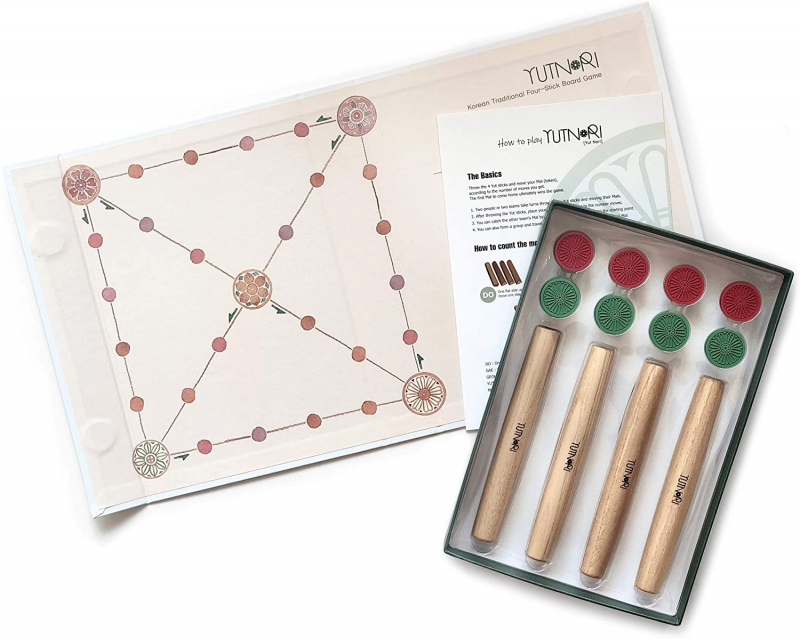
Yutnori 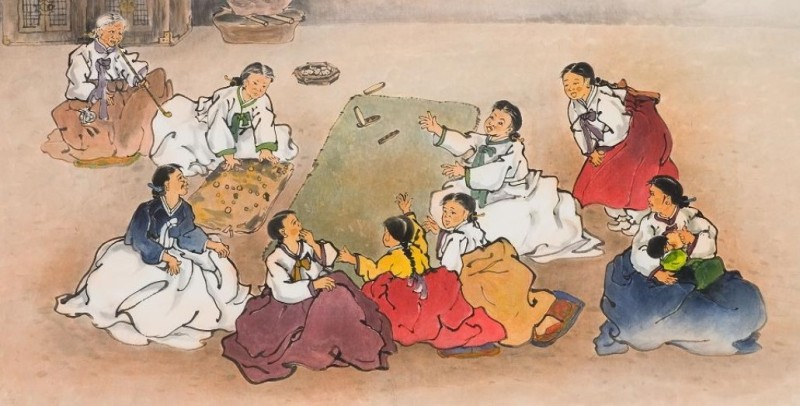
Yutnori -
Ssireum is one of the most popular traditional sports in Korea. Ssireum is considered a cultural beauty of the Korean nation that was born 2,000 years ago. The painting depicting the battle of Ssireum was found in the Goguryeo Tomb, located in Man Joo. Based on this evidence, the researchers suggest that Ssireum existed around that time. In addition, historical records also show that the kings of this period also watched a battle of Ssireum for men during the traditional holiday.
Traditionally, Koreans often hold Ssireum competitions during the Tano festival and the Chuseok festival. The winner of each customary ssireum tournament was awarded a bull, which was not only a symbol of strength but also a valuable object in agrarian society. However, in recent years, people have started to organize Ssireum competitions which are popular in various regions, during any time of the year except winter.
How to play Ssireum:- In the Ssireum competition, two competitors sit face to face in the center of a large sand circle. The boxers will be wrapped with a red and blue cloth called Satba around the thighs and waist. Their left hand twisted the opponent's belt in the right thigh. Their right hand reached out to the opponent's left hip and grabbed the belt behind their back. Once they were pinned together, they stood up to fight at the same time when they heard the referee's orders.
- As for Ssireum's skills, it can be roughly divided into two basic skills, namely throwing and counterattacking. Throwing involves pulling the opponent forward, lifting him, and throwing the opponent to the ground. Many other skills such as pulling, pushing, or turning opponents, with limbs and feet to throw opponents to the ground. The Counterattack skill is designed to protect when falling to the ground. In the match, the winner is the first to throw his opponent to the ground. A Ssireum match consists of 3 rounds where a winning opponent must win 2 matches. If there is no winner after 3 rounds, the competitor with the heavier weight or more warnings from the referee will be disqualified. When the referee gives a competitor the first warning, the opponent will get half the score for that round. If he gets a second warning, he's lost this round. If he receives three warnings from the referees, he will forfeit his right to compete in the game. In addition, if a competitor intrudes such as strangling, twisting, or breaking his opponent's arms, headbutting his opponent, kicking his opponent, or blocking his opponent's line of sight, they will be eliminated.
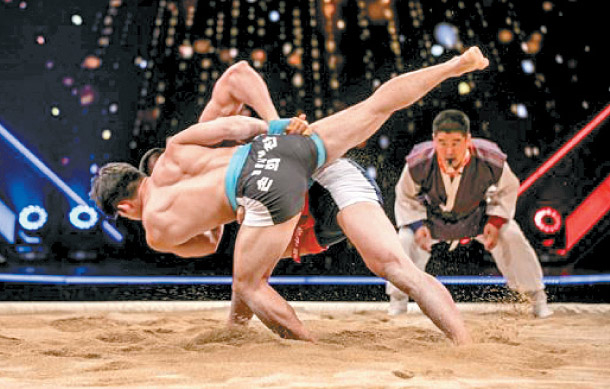
Ssireum 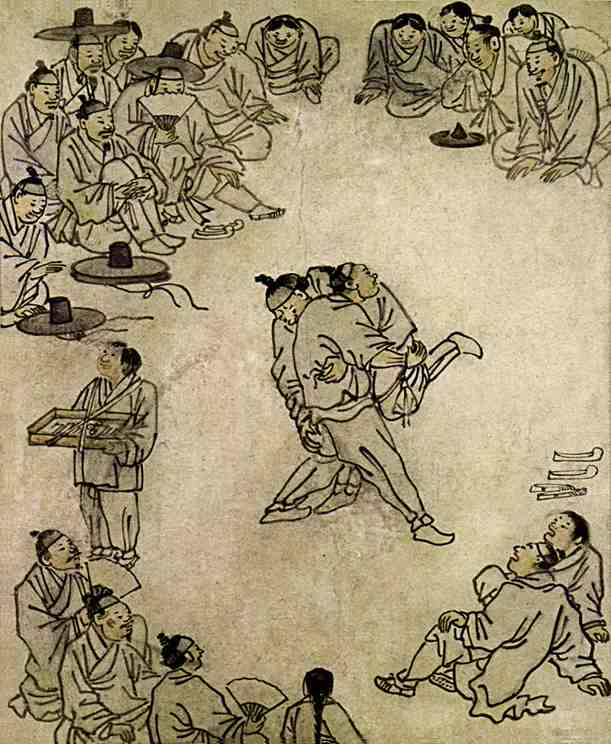
Ssireum -
Recently, the attraction of the movie Squid Game is increasing when the film has many thrilling and interesting details. In particular, one of the most interesting things about the movie is the inclusion of many traditional Korean children's games. One of the most interesting games is 'Mugunghwa Flower has bloomed'.
This is a game familiar to almost everyone whether in Korea or in other countries. This is a variation of the game "Red light, green light" or "1,2,3".
How to play Mugunghwa Flower has bloomed:- This game is usually played with a group of people, the more the merrier. There are 2 lines, a starting line for the player to start and a finish line where the catcher stands. There is 1 player standing at the finish line with his back to the other players.
- While turning his back on the other players, the catcher will shout 'Mugunghwa Flower has bloomed' (Mugunghwa kkoci pieot seumnida). While the catcher shouts, the player can advance as quickly as possible. When the catcher finishes chanting 'Mugunghwa Flower has bloomed' (Mugunghwa kkoci pieot seumnida), the catcher will quickly turn to look at the player. At this point, if any player moves, they will lose. In the end, if a player has come close to the catcher and can touch the catcher, that player will quickly touch the catcher and the whole group of players tries to run as fast as possible across the starting line. If someone is caught during that run, that person will lose and will have to become the catcher for the next turn. If the catcher does not catch anyone during that time, he must continue to be the catcher for the next round.
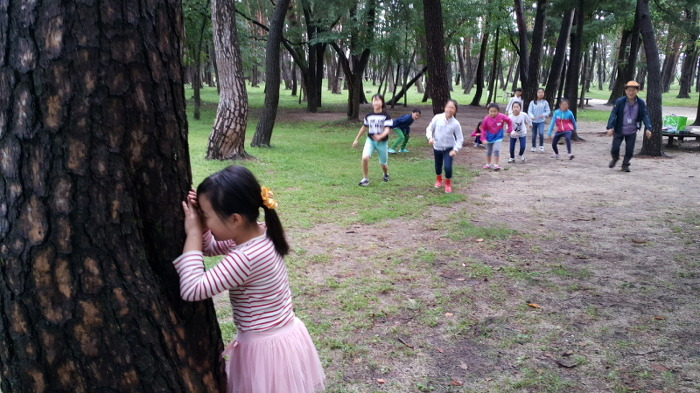
Mugunghwa Flower has bloomed 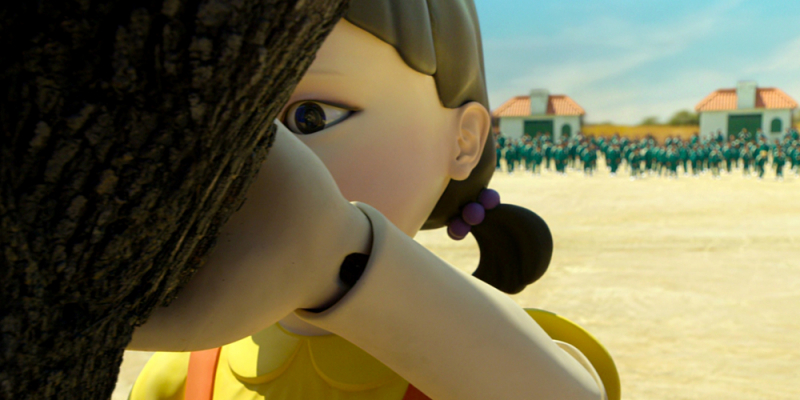
Mugunghwa Flower has bloomed -
Dalgona (달고나) is a Korean candy made with molten sugar and baking soda. It used to be popular street food in the 70s and 80s and is still considered a traditional snack today. Dalgona Challenge is one of the games featured in the movie Squid Game, so recently, this candy has become famous and popular again in Korea as well as many places around the world.
Dalgona was originally a term used to refer to expensive glucose candies without molds, while ppopgi were originally candies made from sugar and moldable into stars and circles. From the 70s-80s to the early 2000s, when the popularity of '뽑기 (ppopgi)' was very high, the media did not have a big influence, so the name often differed from region to region. However, in later generations, the popularity of smartphones and media influence increased, and the influence of the Seoul/Gyeonggi region, where there was a lot of media before, increased. Since then, local names have lost their influence, and most Korean middle and high school students now call them dalgona.How to play Dalgona Challenge:
- When a little baking soda is mixed into the molasses, they thermally decompose into carbon dioxide, causing the molasses to swell and become crunchy and tasteless when left to cool and harden. Usually, the sugar solution is poured onto a flat surface, then flattened and molded with various patterns. Diners will try poking around the molded edge without breaking it. If the figure can be split without breaking the candy, the buyer receives another free Dalgona.
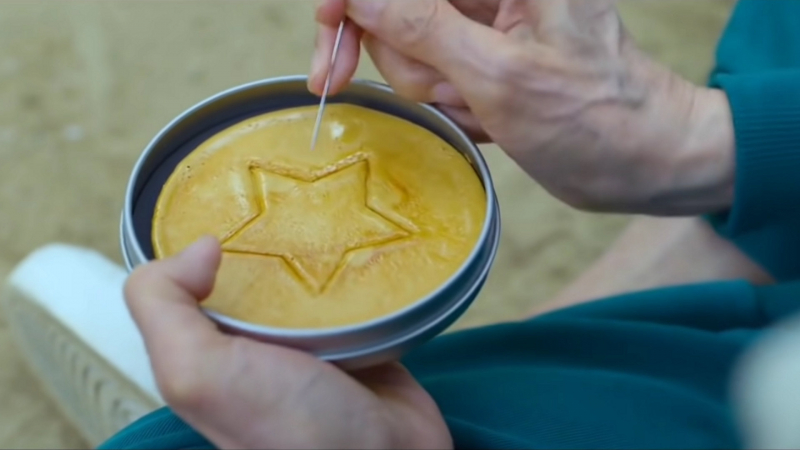
Dalgona Challenge 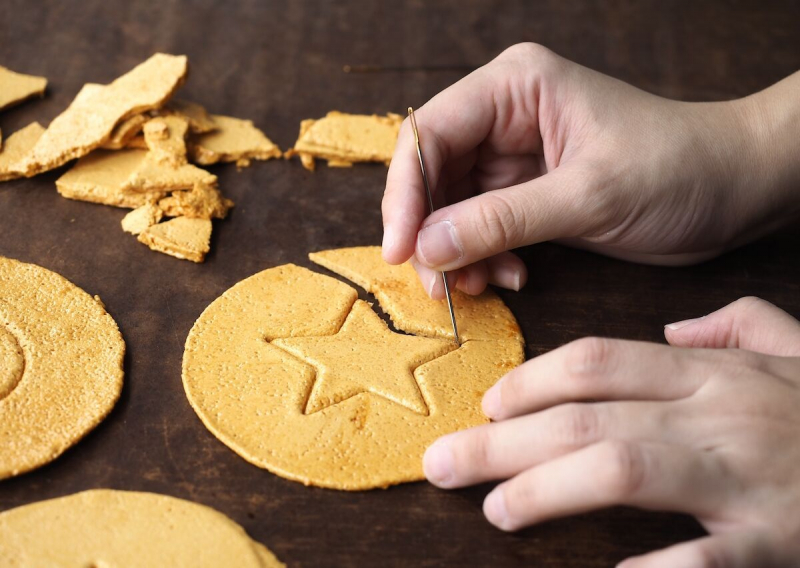
Dalgona Challenge - When a little baking soda is mixed into the molasses, they thermally decompose into carbon dioxide, causing the molasses to swell and become crunchy and tasteless when left to cool and harden. Usually, the sugar solution is poured onto a flat surface, then flattened and molded with various patterns. Diners will try poking around the molded edge without breaking it. If the figure can be split without breaking the candy, the buyer receives another free Dalgona.
-
Ttakji or Ddakji (Korean: 딱지) is a traditional Korean game. This is a game with two square pieces corresponding to two players or two groups of players, if the opponent's card flips, he will win.
If you are a person who often watches Korean reality shows, this is a game that is no longer strange. In particular, in the reality show, Running Man was played a lot. Recently, the movie Squid Game is getting a lot of attention. And Ttakji is the game that appears at the beginning of the movie in the scene of two actors Gong Yoo and Lee Jung Jae.Ttakjis (flat and square game pieces) are made from a variety of paper, mainly cardboard such as old book covers, calendar sheets, etc. It has a square or rectangular shape depending on the person folding it.
How to play Ttakji:- As noted above, the game requires at least two players or more. The players decide the order using the Rock Paper Scissors game. The losers place their ttakji on the ground, while the winner tries to throw the ttakji on the opponent's ttakji causing them to flip over. If the player flips the opponent's ttakji, he wins.
- There are other versions to play this game like Nallyeomeokgi (Throws). The player holds and throws the ttakji with one hand, and the player who throws the furthest takes the other player's ttakji. Another way to play this version is to draw a line on the ground and throw a ttakji that falls exactly on it to get another player's ttakji. Or there is another version, Mireonaegi (Push out). The player draws a circle on the ground and places a ttakji inside that circle. The player wins the other player's ttakji by knocking down the other player's ttakji and knocking them out of the circle.
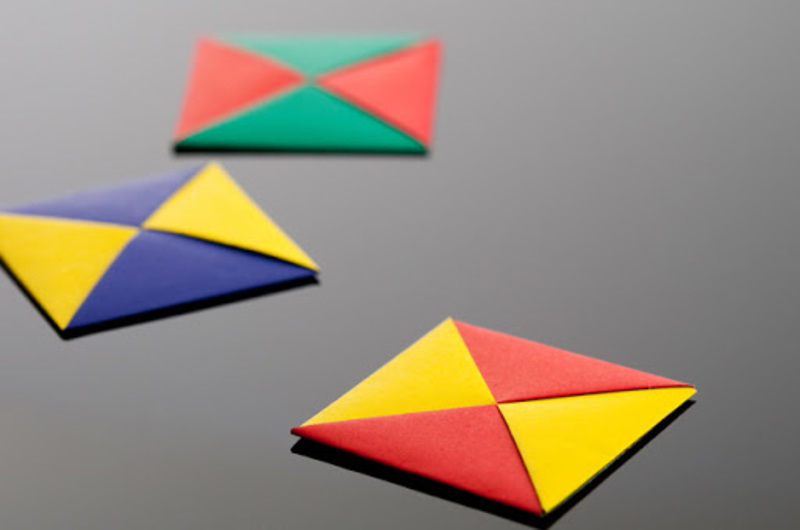
Ttakji 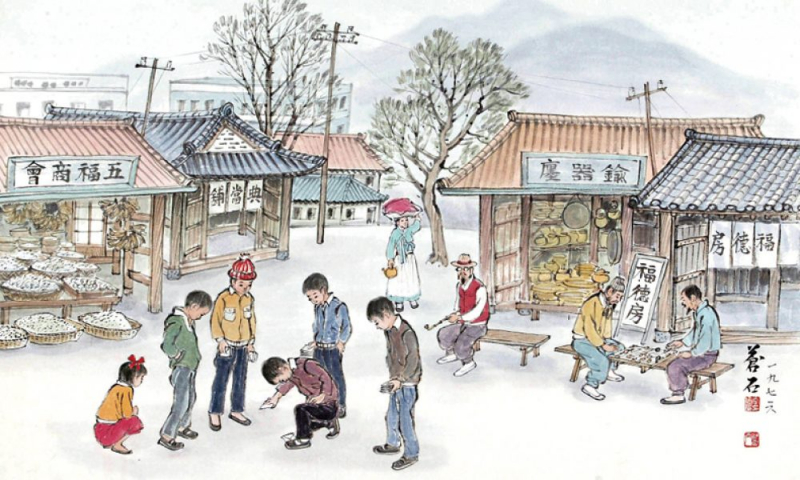
Ttakji -
Gonggi (Korean: 공기) is a popular game among Korean children. Traditionally, players will use five small pebbles. Nowadays, children buy colorful plastic stones instead of looking for pebbles. This game can be played alone or with other people. In Korean, these stones are called gonggitdol (공깃돌). The game is widely popular because of its simplicity. You only need a few pebbles to play this game.
In addition to the name Gonggi-nori, this game has many other local names such as in South Jeolla Province known as Datjjakgeoli, in North Gyeongsang Province known as Jjagebatgi, or in South Gyeongsang Province known as Salgu.How to play Gonggi-nori:
Each person is given 5 small pebbles. The game will begin in the order of players, each person throws stones in the air and plays until it is deemed to be lost, then switches to another player. The game is played in levels from easy to difficult:
- Level 1: Stones are thrown onto the playing surface and the player chooses a stone to throw in the air. While flying in the air, the player picks up a stone on the playing surface. Then the player catches the stone. These steps are repeated until all the stones are captured.
- Level 2: The stone is thrown back on the playing surface. However, in this level, the player picks up two stones at once.
- Level 3: Stones are thrown on the playing surface. The stones are picked up once in a cluster of three and in a cluster of one.
- Level 4: The player throws a stone into the air, places other stones on the surface and catches the stone in the air. The player then tosses the same stone again, but this time picks up four stones gathered on the playing surface and catches the stone in the air.
- Level 5: The player tosses stones from the palm of his hand into the air. While flying in the air, the player must quickly flip the hand to the back. The stones are then caught on the back of the hand. The player then throws the stones into the air and catches them. The number of stones caught corresponds to the number of points. There are different tricks in this phase.
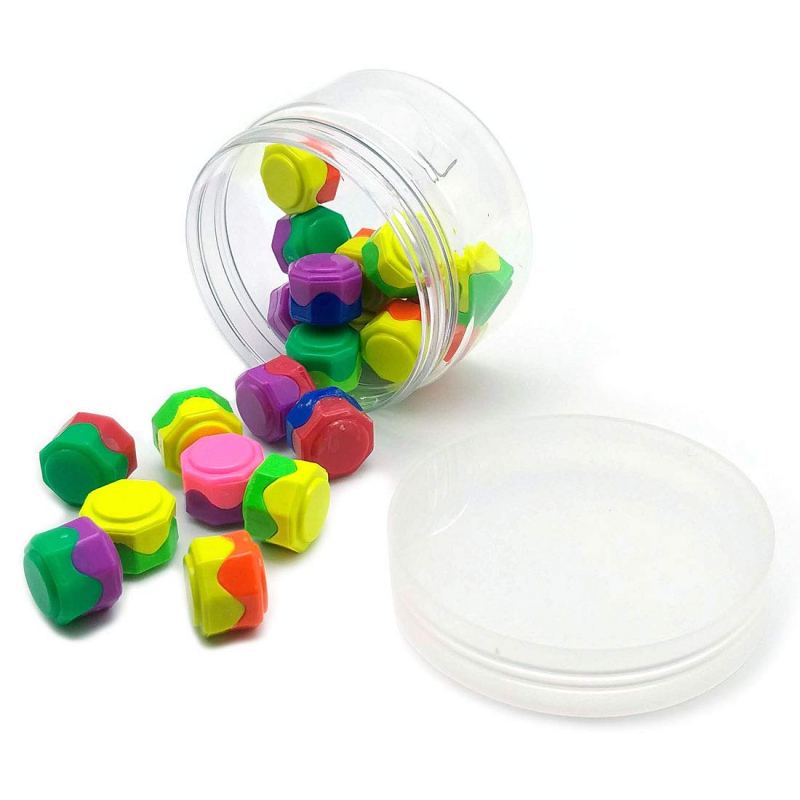
Gonggi-nori 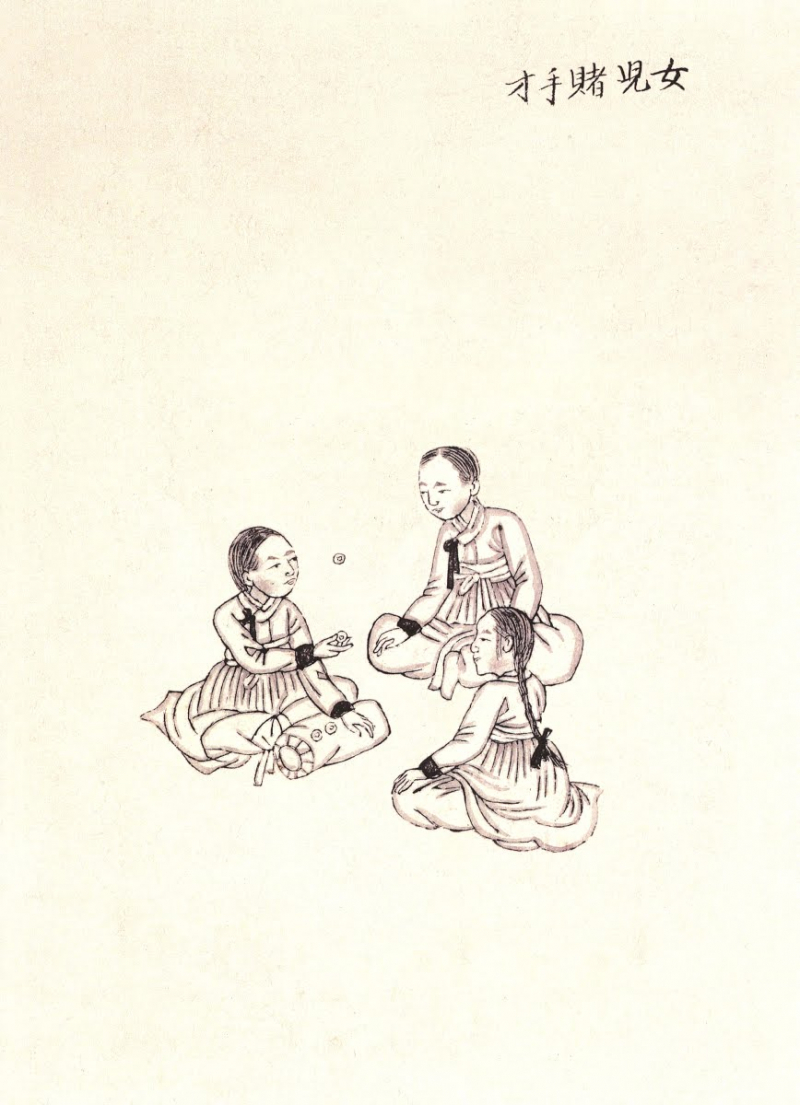
Gonggi-nori
























